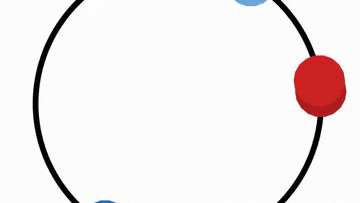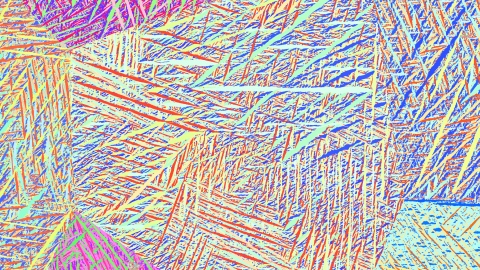12:00
Stability of toroidal nematics
Abstract
When nematic liquid crystal droplets are produced in the form or tori (or such is the shapes of confining cavities), they may be called toroidal nematics, for short. When subject to degenerate planar anchoring on the boundary of a torus, the nematic director acquires a natural equilibrium configuration within the torus, irrespective of the values of Frank's elastic constants. That is the pure bend arrangement whose integral lines run along the parallels of all inner deflated tori. This lecture is concerned with the stability of such a universal equilibrium configuration. Whenever its stability is lost, new equilibrium configurations arise in pairs, the members of which are symmetric and exhibit opposite chirality. Previous work has shown that a rescaled saddle-splay constant may be held responsible for such a chiral symmetry breaking. We shall show that that is not the only possible instability mechanism and, perhaps more importantly, we shall attempt to describe the qualitative properties of the equilibrium nematic textures that prevail when the chiral symmetry is broken.




